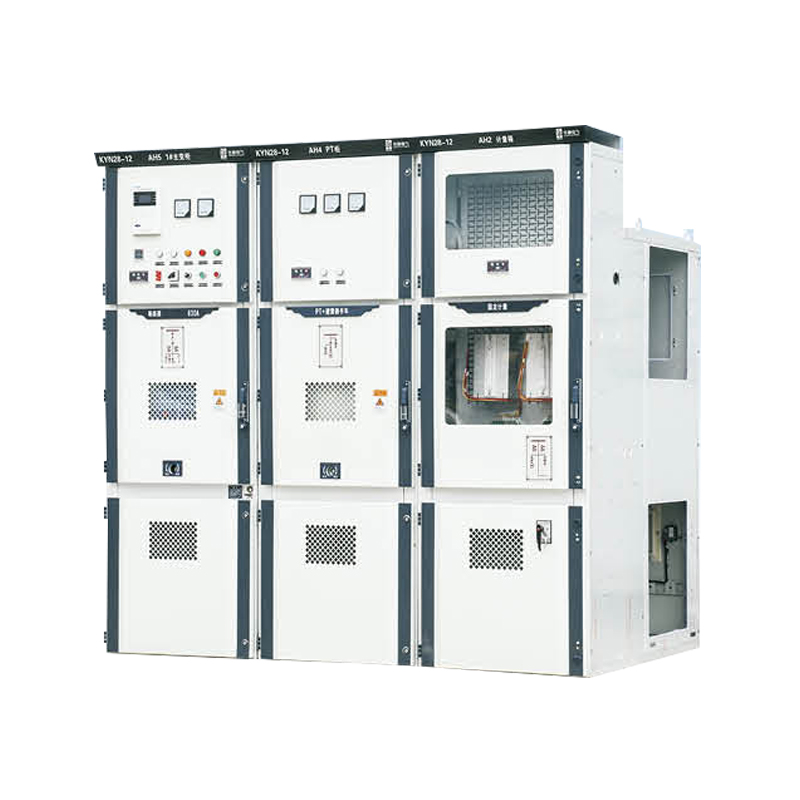Industry News
Photovoltaic Module Factory Productivity Quality and Sustainable Practices
In today’s solar‑energy production landscape, the Photovoltaic Module occupies a central role in factory operations and industrial development.
Photovoltaic Module factory efficiency trends
Factory managers report that average conversion efficiency for modules has climbed from around 15% a decade ago to over 20% in commercial production. In the research labs module, technologies show champion efficiencies above 30% in tandem cells. When a factory runs module lines at 22–24 % efficiency instead of 18–20 % the output per square metre improves markedly. Imagine a module line that turned out 500 MW/year at 18% now achieving 600 MW/year at 22% under the same footprint. The question is can a manufacturing line deliver a consistent yield at that higher efficiency while keeping the defect rate low

Photovoltaic Module production cost and scale perspective
From a cost viewpoint factory scale matters. Global module manufacturing capacity reached roughly 1 000 GW/year recently. Raw‑material costs such as polysilicon dropped from about USD 22/kg to around USD 7–10/kg in the past year. That drop supports module cost per watt falling from about USD 0.22/W to around USD 0.11/W in some cases. A factory that doubled throughput while reducing cost per watt by 30 % gained a competitive edge.
Photovoltaic Module quality control and yield improvement
In a factory context yield and defect rate matter as much as efficiency headline numbers. If a line reportedly produces modules at 600 MW/year but the defect/return rate is 5 %, the actual effective output drops to 570 MW/year. If a peer factory runs at 2 % defect rate, effectively 588 MW/year, the yield advantage is significant. Advanced inspection systems, automated pick‑and‑place, thicker glass, and anti‑PID treatments are becoming standard. Combining improved efficiency plus better yield means the factory output can grow 10–15 % without adding new floor space. The metaphor could be a module line is like a highway where widening the lanes and smoothing the surface both raise average speed
Photovoltaic Module factory throughput compared with peer products
When comparing module manufacturing to other factory lines — such as battery cells or inverter assembly — module lines tend to have longer equipment lifetimes, lower labour intensity and more mature automation. For example in thin‑film versus crystalline silicon modules the thin‑film line may run at lower efficiency around 16–18 % but fewer busbars, simpler interconnection. On the contrary a high‑efficiency crystalline line at 22–24 % demands more precise process control and tighter tolerances. Crystalline silicon modules still hold the vast majority of market share.
Photovoltaic Module sustainable manufacturing and recycling viewpoint
Sustainability in module manufacturing is emerging as another factory metric. Recycling technologies now promise recovery of up to 99 % of certain critical materials for module end‑of‑life. A factory that built a recycling cell for old modules and reused glass and aluminium frames reduced raw‑material input by 5–7 % across the board. In one analogy the factory becomes a closed‑loop ecosystem rather than a linear make–install‑dispose line. This not only improves environmental footprint but also offers cost advantage when raw‑material prices fluctuate.
Conclusion Photovoltaic Module factory outlook
The factory for the Photovoltaic Module is entering a phase where efficiency uptick, cost‑scale synergy, yield improvement and sustainability form the combined levers of competitiveness. Factories that embrace 22–24 % module efficiency, reduce defect rates, scale throughput beyond gigawatt levels and embed recycling will lead the pack. For the manufacturing world, the module line is no longer just assembly — it is precision engineering, continuous improvement and strategic resource management. Photovoltaic Module production in a smart factory context may indeed be the benchmark for high‑volume clean‑technology manufacturing
Next
Mobile Energy Storage Charging Pile: Advancing EV Charging Flexibility
<p><strong style="font-weight: bold;"><span style="font-family: Calibr...
View MoreNews Center
- PRODUCTS
- New Energy Power Distribution Equipment
- Box Type Substation
- Cable Branch Box/Switch Station
- High Voltage Switchgear
- Low Voltage Switchgear
- Engineering Vacuum Circuit Breaker
- New Energy Vehicle Floor Charging Pile
- Commercial Energy Storage
- Photovoltaic Complete Box
- High Voltage Arrester
- INFORMATION
-
-
Phone+86-13868788848
+86-13356188725 -
Tel+86-0577-88810567
-
E-mail
-
AddNo. 59, Youyi Road, Xinguang Industrial Zone, Liushi Town, Yueqing City, Zhejiang, China
-
- ENQUIRE WITH US
Photovoltaic Module Manufacturer




 English
English  中文简体
中文简体  русский
русский  Español
Español  عربى
عربى 


